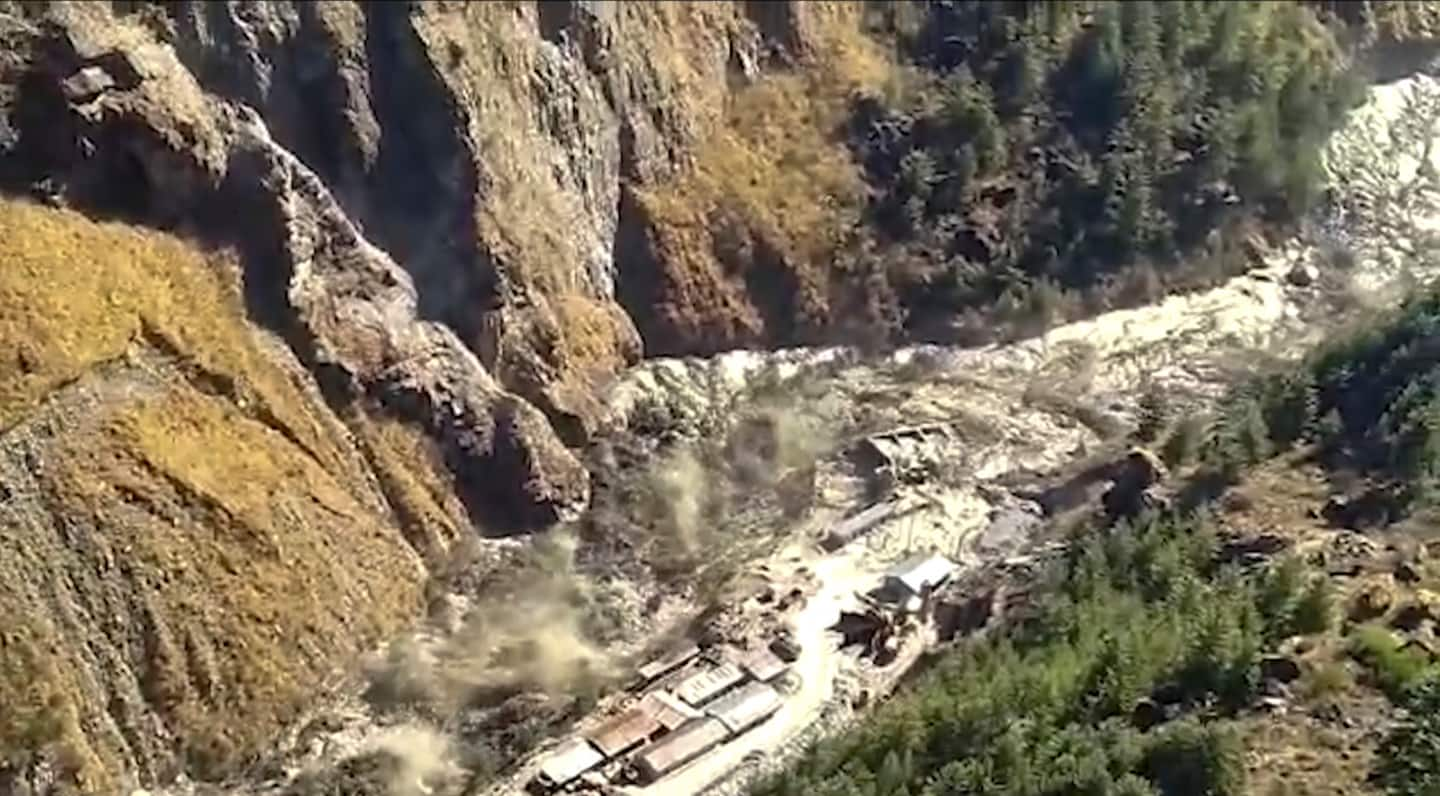Glacier fractures in the Himalayas, causing deadly flood; more than 125 missing
[ad_1]

Ashok Kumar, Uttarakhand’s police chief, said the avalanche occurred at 11 a.m. Authorities evacuated several villages downstream. “The picture will be clear tomorrow morning,” he said, referring to the rescue operations and those missing.
Television channels aired footage of water barreling down a narrow canyon and sweeping away the power plant at its base. A second state-run power plant nearby also suffered extensive damage.
Most of the missing were workers at the two power plants. Troops dug a ditch to rescue about a dozen workers trapped in a tunnel. Videos of the operation showed rescue workers pulling out a man, who flung his arms in the air victoriously. Rescue operations continued late into the night at another tunnel, where an estimated 30 people remain trapped.
Girish Joshi, a consultant with the state’s disaster management authority, said that an eight-mile stretch of the Alaknanda River was affected but that there was no further danger. “The river levels are normal now,” he said.
Authorities in the neighboring state of Uttar Pradesh said they were on alert and monitoring water levels.
Uttarakhand suffered a devastating flood in 2013 that claimed thousands of lives. Analysts have blamed climate change and unchecked construction for such disasters.
“This looks very much like a climate change event,” said Anjal Prakash, a professor at the Indian School of Business in Hyderabad. “The glaciers are melting due to global warming.”
Prakash, who serves on a United Nations panel on climate change, said that the Himalayan area is one of the least monitored in the region and that the disaster Sunday shows how vulnerable it can be.
Farooq Azam, a specialist in glaciology and hydrology at the Indian Institute of Technology in Indore, said glacial bursts are rare. He said more information is needed to understand the event Sunday, but “climate change-driven erratic weather patterns” such as increased snowfall and rainfall and warmer winters have led to the melting of “a lot of snow.”
Trivendra Singh Rawat, the chief minister of Uttarakhand, said that experts will look into the cause of the disaster but that the priority is to “save lives.” Prime Minister Narendra Modi said the nation “prays for everyone’s safety.”
